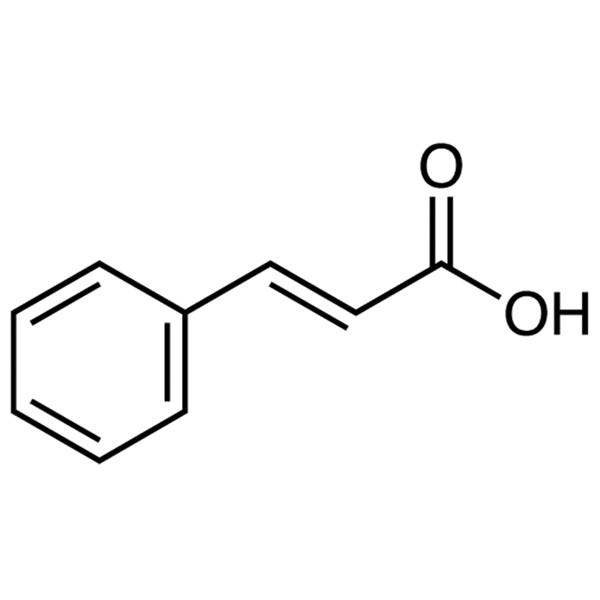trans-Cinnamic Acid CAS 140-10-3 Purity >99.0% (GC) Factory
Shanghai Ruifu Chemical Co., Ltd. is the leading manufacturer of trans-Cinnamic Acid (CAS: 140-10-3) with high quality. Ruifu Chemical can provide worldwide delivery, competitive price, small and bulk quantities available. Purchase trans-Cinnamic Acid, Please contact: alvin@ruifuchem.com
| Chemical Name | trans-Cinnamic Acid |
| Synonyms | Cinnamic Acid; (E)-Cinnamic Acid; trans-3-Phenylacrylic Acid; 3-Phenyl-2-Propenoic Acid; β-Phenylacrylic Acid; 3-Phenylacrylic Acid; (2E)-3-Phenylprop-2-Enoate; (2E)-3-Phenylprop-2-Enoic Acid |
| Stock Status | In Stock, Commercial Scale |
| CAS Number | 140-10-3 |
| Molecular Formula | C9H8O2 |
| Molecular Weight | 148.16 g/mol |
| Melting Point | 132.0~135.0℃ |
| Boiling Point | 300℃ |
| Density | 1.248 |
| Sensitive | Hygroscopic. Air Sensitive, Moisture Sensitive |
| Water Solubility | Insoluble in Water, 0.4 g/L (20℃) |
| Solubility | Soluble in Methanol, Ether, Acetone, Ethanol, Benzene |
| COA & MSDS | Available |
| Brand | Ruifu Chemical |
| Items | Inspection Standards | Results |
| Appearance | White to Light Yellow Powder | Complies |
| Melting Point | 132.0~135.0℃ | 133.2~134.0℃ |
| Loss on Drying | ≤0.50% | 0.15% |
| Residue on Ignition | ≤0.20% | <0.10% |
| Arsenic (As) | ≤3ppm | <3ppm |
| Heavy Metals (Pb) | ≤10ppm | <10ppm |
| Chloride (Cl) | ≤0.005% | <0.005% |
| Purity / Analysis Method | >99.0% (GC) | 99.57% |
| Infrared Spectrum | Conforms to Structure | Complies |
| Solubility in EtOH | Clear, 50mg/ml | Pass |
| Readily Carbonizable Substances | Pass | Pass |
| Conclusion | The product has been tested & complies with the given specifications | |
Package: Bottle, Aluminium foil bag, 25kg/Cardboard Drum, or according to customer's requirement.
Storage Condition: Store in a tightly closed container. Store in a cool, dry and well-ventilated warehouse away from incompatible substances. Protect from light and moisture.
Shipping: Deliver to worldwide by air, by FedEx / DHL Express. Provide fast and reliable delivery.
How to Purchase? Please contact Dr. Alvin Huang: sales@ruifuchem.com or alvin@ruifuchem.com
15 Years Experience? We have more than 15 years of experience in the manufacture and export of a wide range of high quality pharmaceutical intermediates or fine chemicals.
Main Markets? Sell to domestic market, North America, Europe, India, Korea, Japanese, Australia, etc.
Advantages? Superior quality, affordable price, professional services and technical support, fast delivery.
Quality Assurance? Strict quality control system. Professional equipment for analysis include NMR, LC-MS, GC, HPLC, ICP-MS, UV, IR, OR, K.F, ROI, LOD, MP, Clarity, Solubility, Microbial limit test, etc.
Samples? Most products provide free samples for quality evaluation, shipping cost should be paid by customers.
Factory Audit? Factory audit welcome. Please make an appointment in advance.
MOQ? No MOQ. Small order is acceptable.
Delivery Time? If within stock, three days delivery guaranteed.
Transportation? By Express (FedEx, DHL), by Air, by Sea.
Documents? After sales service: COA, MOA, ROS, MSDS, etc. can be provided.
Custom Synthesis? Can provide custom synthesis services to best fit your research needs.
Payment Terms? Proforma invoice will be sent first after confirmation of order, enclosed our bank information. Payment by T/T (Telex Transfer), PayPal, Western Union, etc.
Hazard Symbols Xi - Irritant
Risk Codes
36/37/38 - Irritating to eyes, respiratory system and skin.
Safety Description
S26 - In case of contact with eyes, rinse immediately with plenty of water and seek medical advice.
S36 - Wear suitable protective clothing.
S37/39 - Wear suitable gloves and eye/face protection
WGK Germany 1
RTECS GD7850000
TSCA Yes
HS Code 2916399090
Toxicity LD50 orally in Rabbit: 2500 mg/kg LD50 dermal Rabbit > 5000 mg/kg
trans-Cinnamic Acid (CAS: 140-10-3) is used in flavors, synthetic indigo and pharmaceuticals. It is involved in the production of methyl, ethyl and benzyl esters, which is used in the perfume industry.
trans-Cinnamic Acid is an important intermediate in fine chemical synthesis, which is widely used in chemical products such as medicine, perfume, plastic and photosensitive resin. There are two isomers, cis and trans, usually in trans. Slightly soluble in water, easily soluble in acid, benzene, acetone, glacial acetic acid, soluble in ethanol, methanol and chloroform. When cinnamic acid is heated, styrene is decarboxylated, and benzoic acid is formed when oxidized.
trans-Cinnamic Acid was used to establish library of phenolic compounds by liquid chromatography/ultraviolet and mass spectrometry/mass spectrometry.
Uses and functions of cinnamic acid (in essence and spice)
1. prepare apples, cherries, and can be used as apple essence, cherry essence, fruit essence and flower essence.
2. It can be used as an aromatic mixture in soap, shampoo, washing powder and daily cosmetics.
3. It has the effect of inhibiting the formation of black tyrosinase, has a certain isolation effect on ultraviolet rays, and can make brown spots lighter or even disappear. It is one of the indispensable ingredients in advanced sunscreen.
4. Cinnamic Acid itself is a kind of spice, which has a good fragrance preservation effect. It is usually used as a raw material to make the aroma of the main spice more fragrant and volatile. Various esters of cinnamic acid (such as A, B, C, D, etc.) can be used as a fixer for beverages, cold drinks, candy, alcohol and other foods.
In food additives
1. Cinnamic Acid uses microbial enzymatic synthesis of L-phenylalanine. L-phenylalanine is the main raw material of sweet aspartame (Aspartame), an important food additive.
2. The use of cinnamic acid to prevent mildew, preservative and sterilization can be applied to the preservation and preservation of grains, vegetables and fruits.
3. It can also be used in wine to make it bright in color.
4. Cinnamic acid has a strong excitatory effect and can be widely and directly added to all foods.
In the pharmaceutical industry
In the pharmaceutical industry, lactic acid, an important drug for the treatment of coronary heart disease, can be synthesized. It can also synthesize chlorphenambutyric acid and cinnamon phenoperazine, which are used as spinal cone bone relaxants and antispasmodics. Mainly used for cerebral thrombosis, cerebral arteriosclerosis, coronary arteriosclerosis and other diseases. It has obvious inhibitory effect on the proliferation of lung adenocarcinoma cells. Cinnamic acid is an effective inhibitor for the A- 5491 of human lung adenocarcinoma cells and has great application value in anti-cancer.
In beauty
trans-Cinnamic Acid can be used in beauty. casinase is the key enzyme for melanin synthesis. it initiates the level chain reaction from tyrosine to melanin biopolymer. cinnamic acid has the effect of inhibiting the formation of black tyrosinase, has a certain isolation effect on ultraviolet rays, and can make brown spots lighter or even disappear, it is one of the essential ingredients in advanced sunscreen. The significant antioxidant effect of cinnamic acid has a good effect on slowing down the appearance of wrinkles.
In the pesticide industry
In the agricultural industry, cinnamic acid is used as a growth promoter and long-acting fungicide for fruit and vegetable preservation.
In organic synthesis and chemical engineering
In organic chemical synthesis, cinnamic acid can be used as a slow-release agent for galvanized sheet, a heat stabilizer for polyvinyl chloride, a crosslinking agent for polycarbamate, a flame retardant for hydanyl and polycaprolactam, and a chemical analysis reagent. It is also a reagent for determining the separation of uranium and vanadium; it is also the most important synthetic raw material for negative photosensitive resins. The main synthesis of cinnamic acid ester, polyvinyl cinnamic acid ester, polyethylene oxycinnamic acid ethyl ester and the side group for the epoxy resin of cinnamic acid ester. Used in plastics, it can be used as a heat stabilizer for PVC, sterilization, anti-mold and deodorant, and can also be added in rubber and foam plastics to make anti-odor shoes and insoles, and can also be used in cotton cloth and various synthetic fibers, leather, Paint, shoe polish, straw mat and other products to prevent mildew.
-
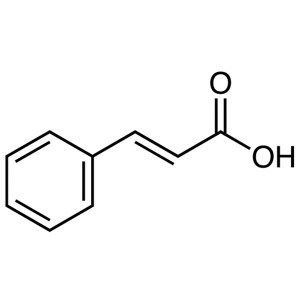
trans-Cinnamic Acid CAS 140-10-3 Purity >99.0% ...
-
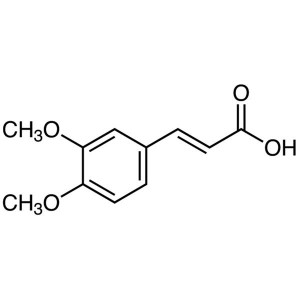
3,4-Dimethoxycinnamic Acid CAS 2316-26-9 Purity...
-
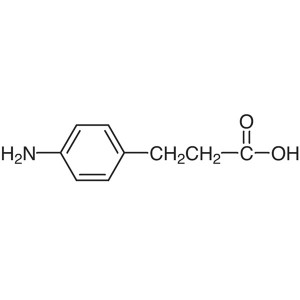
4-Aminohydrocinnamic Acid CAS 2393-17-1 Purity ...
-
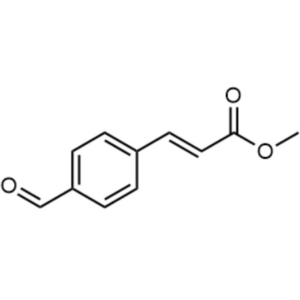
4-Formylcinnamic Acid Methyl Ester CAS 7560-50-...
-
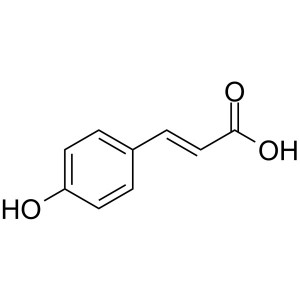
4-Hydroxycinnamic Acid CAS 7400-08-0 Purity >99...
-
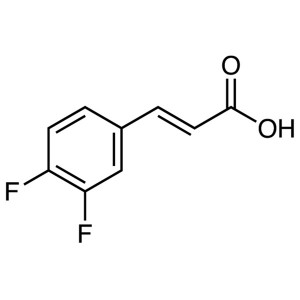
trans-3,4-Difluorocinnamic Acid CAS 112897-97-9...
-
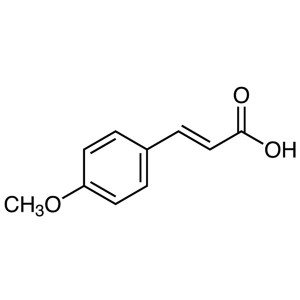
trans-4-Methoxycinnamic Acid CAS 943-89-5 Purit...
-
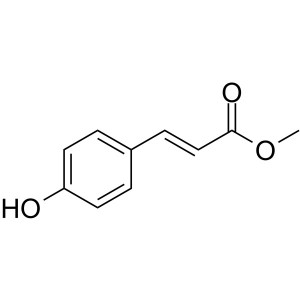
Methyl 4-Hydroxycinnamate CAS 3943-97-3 Purity ...
-
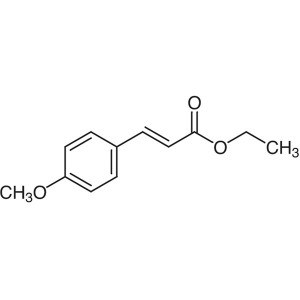
Ethyl 4-Methoxycinnamate CAS 24393-56-4 Purity ...

